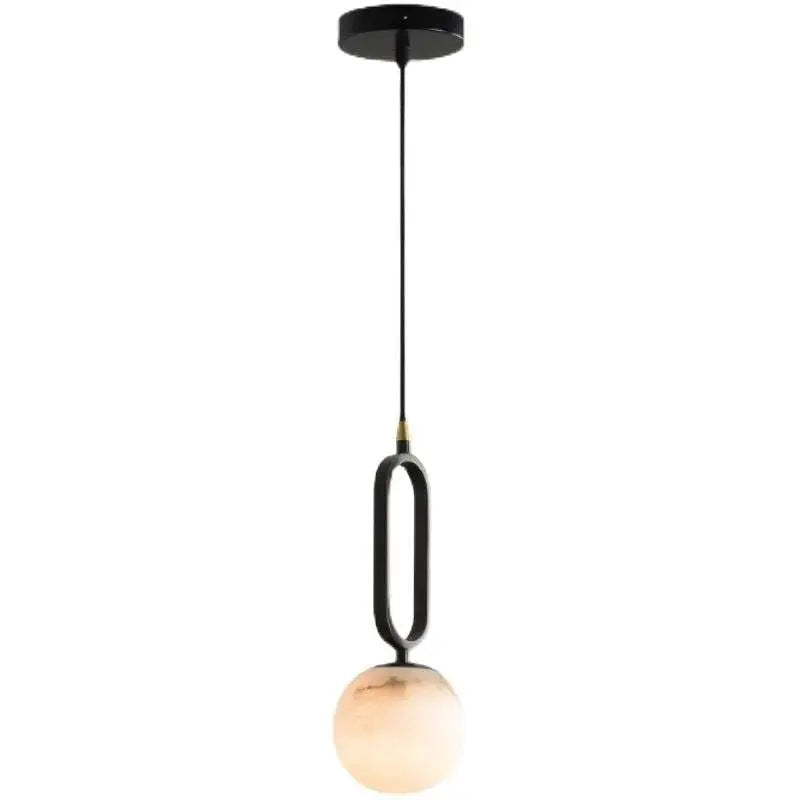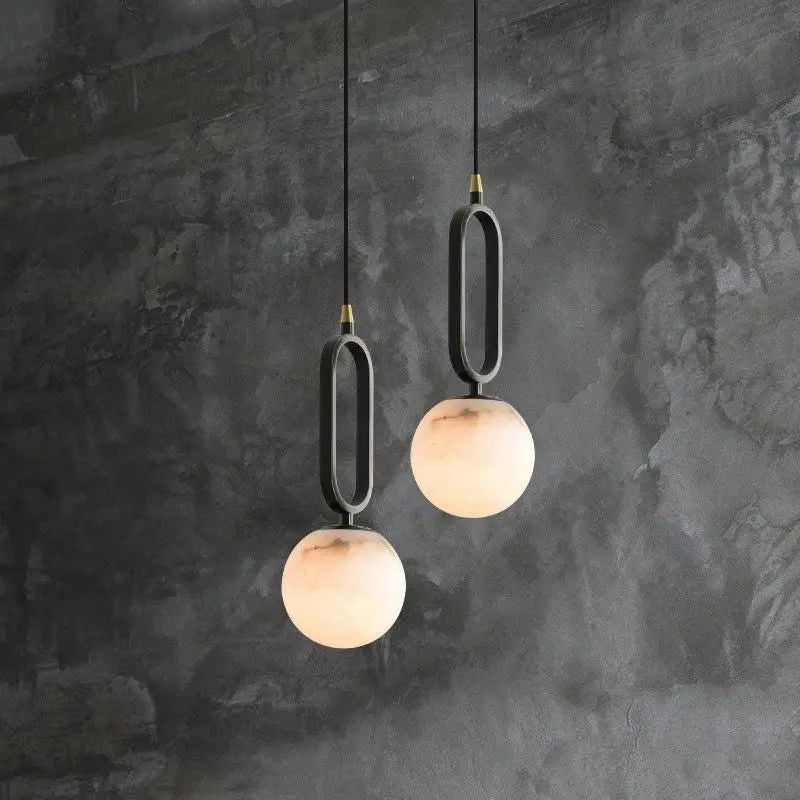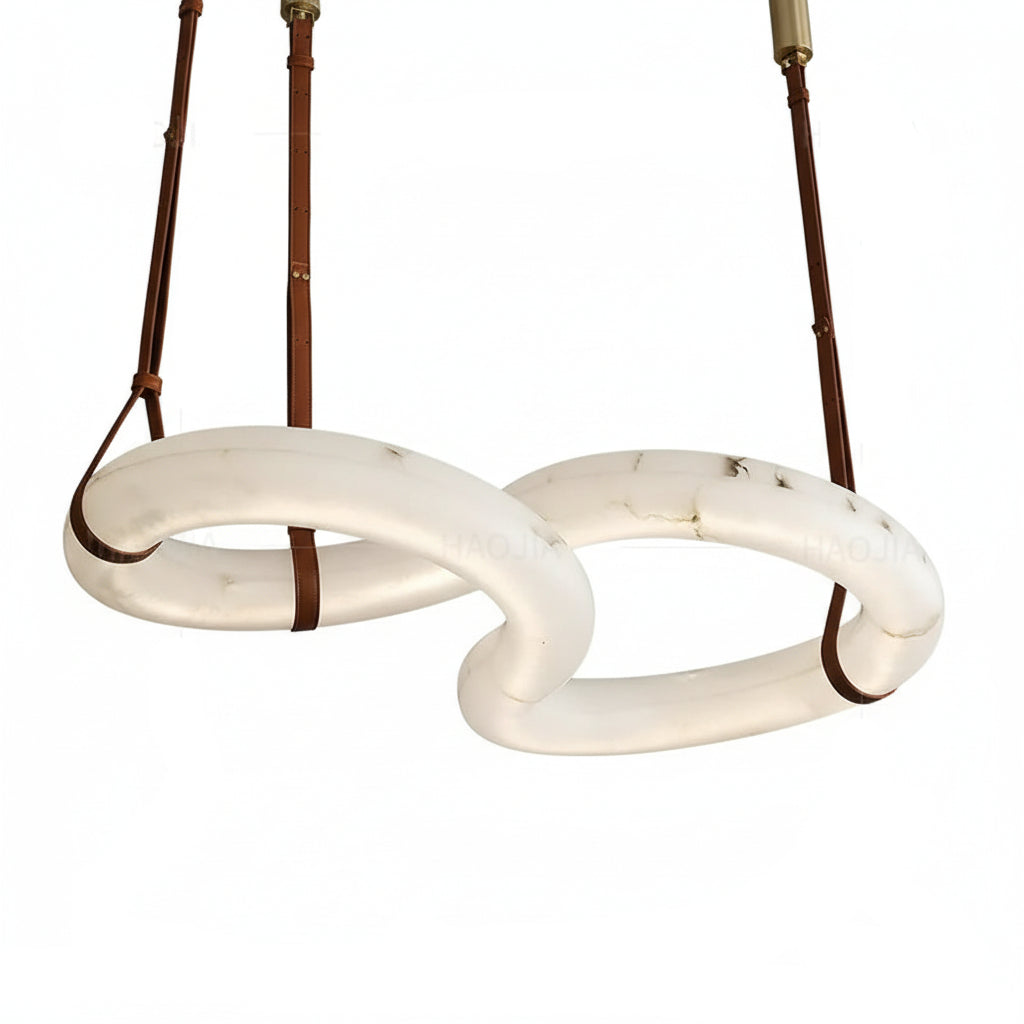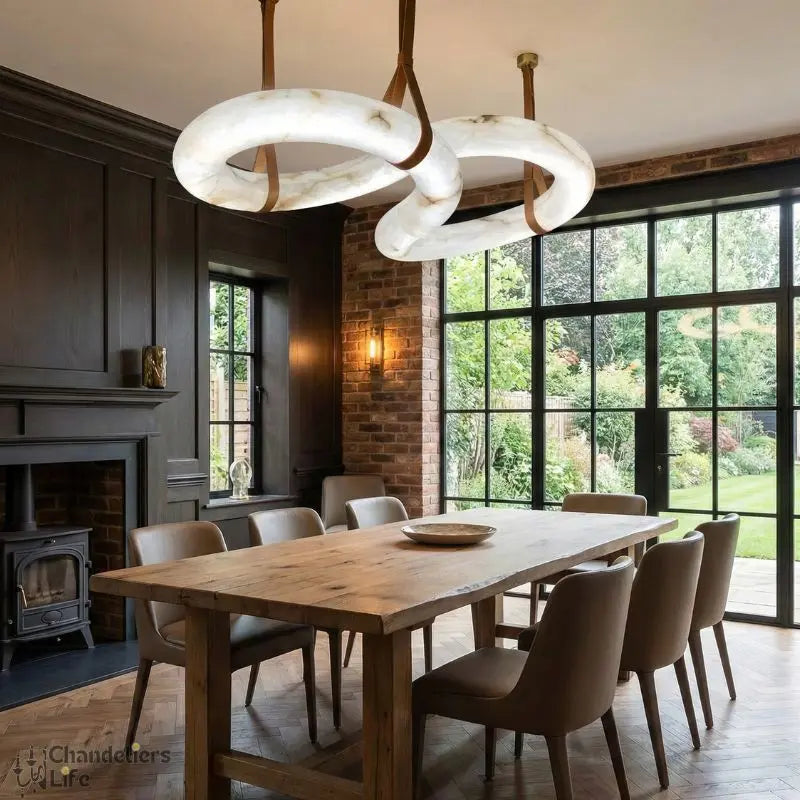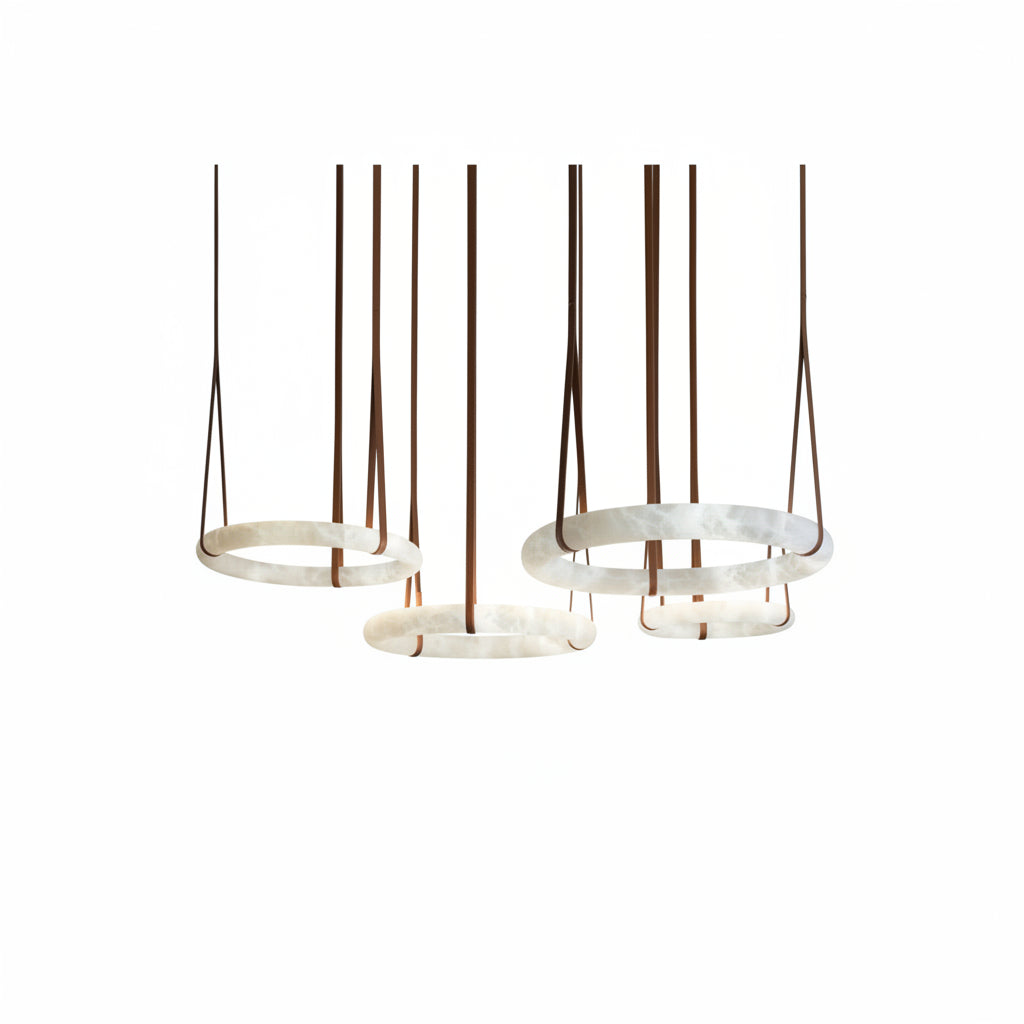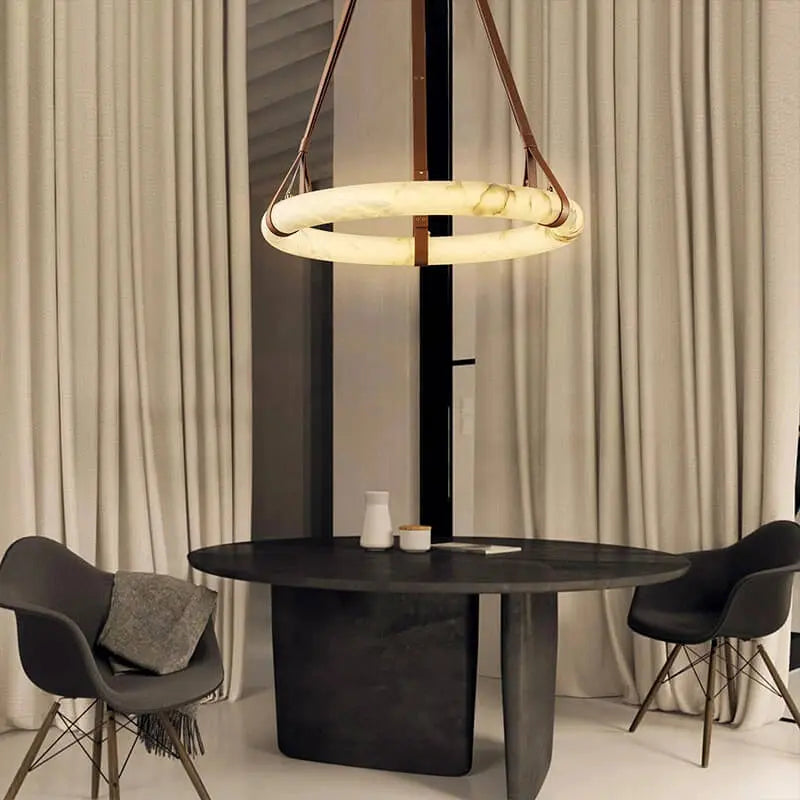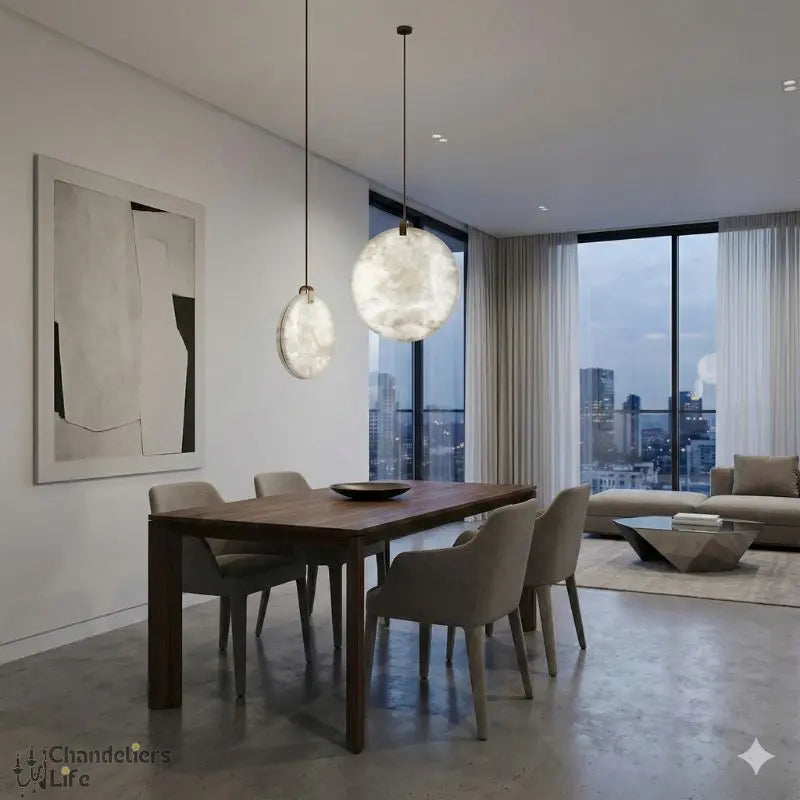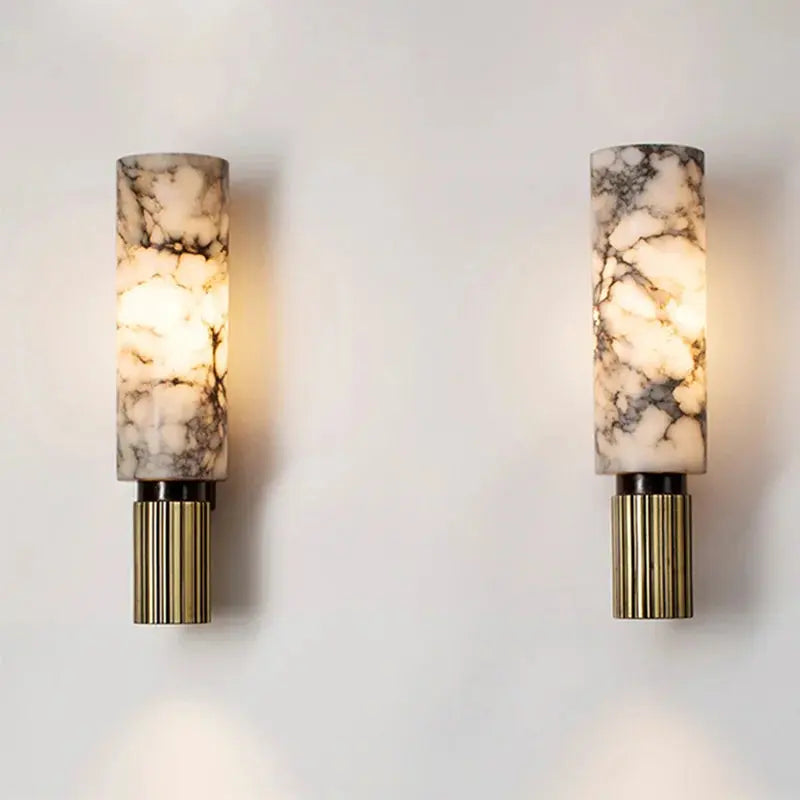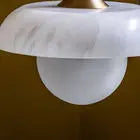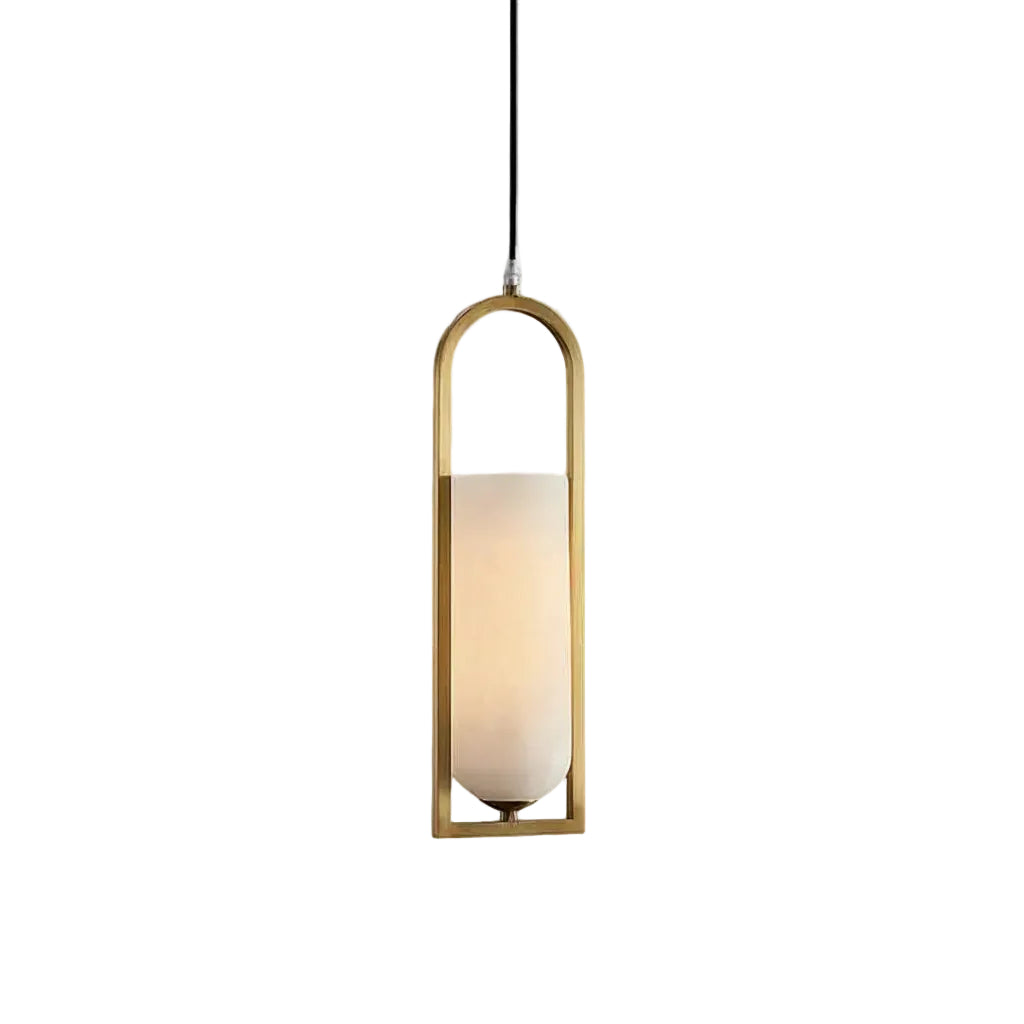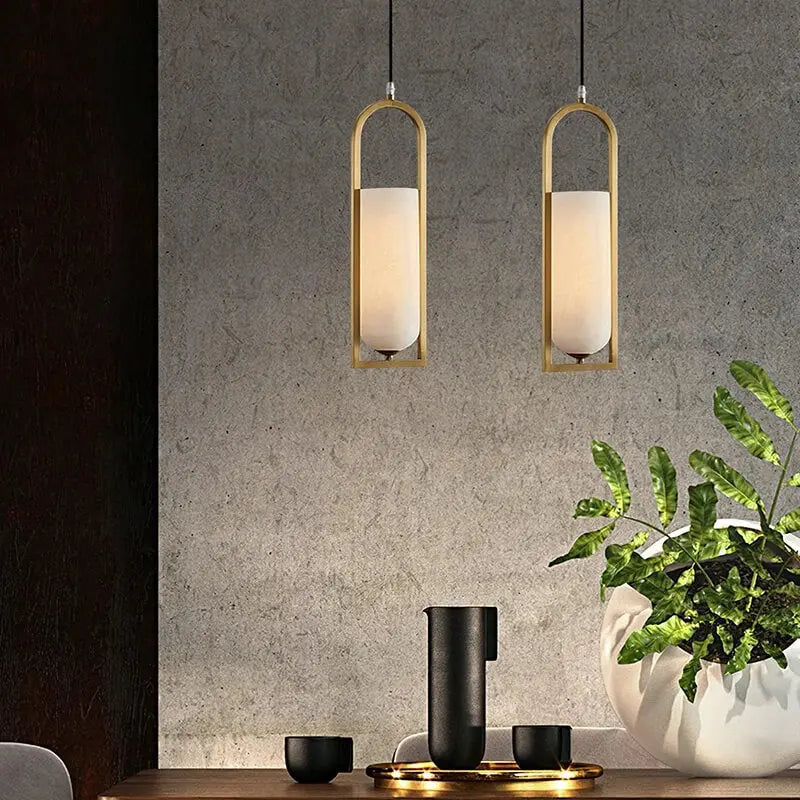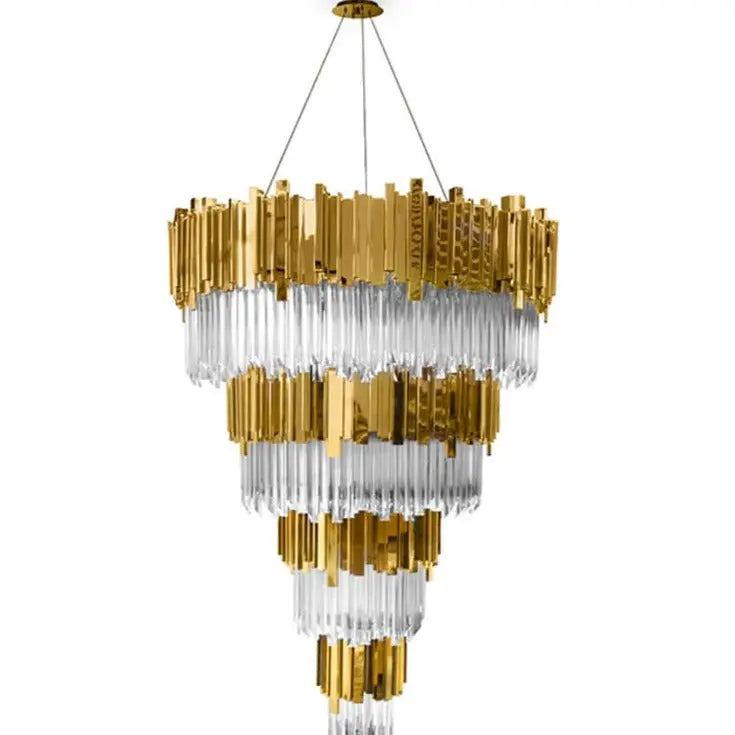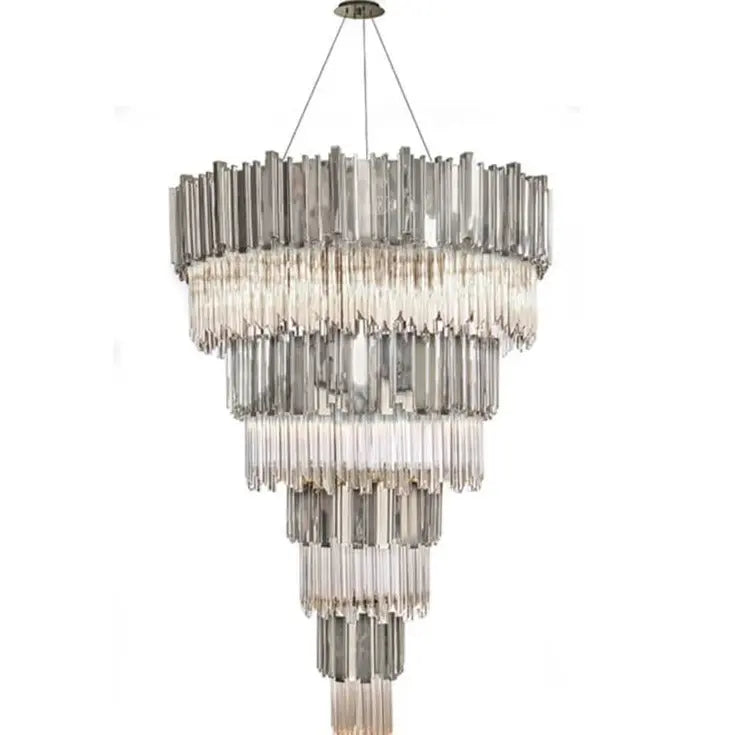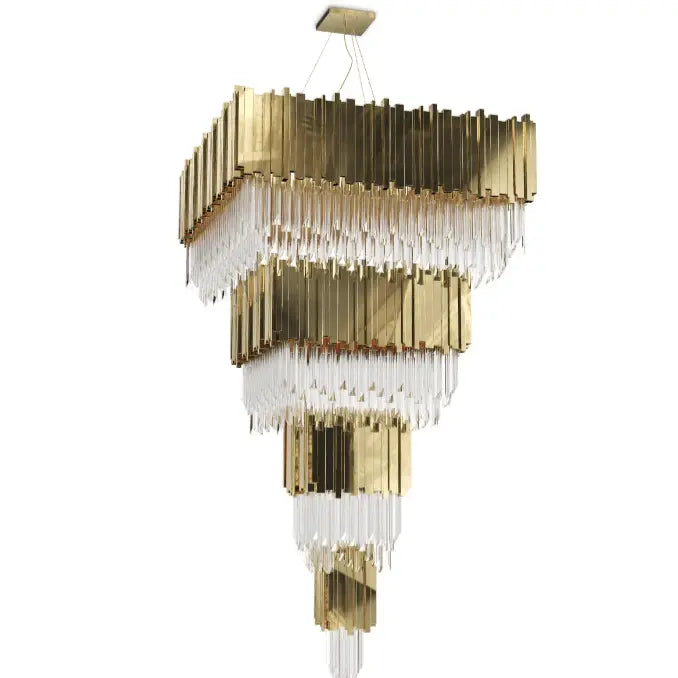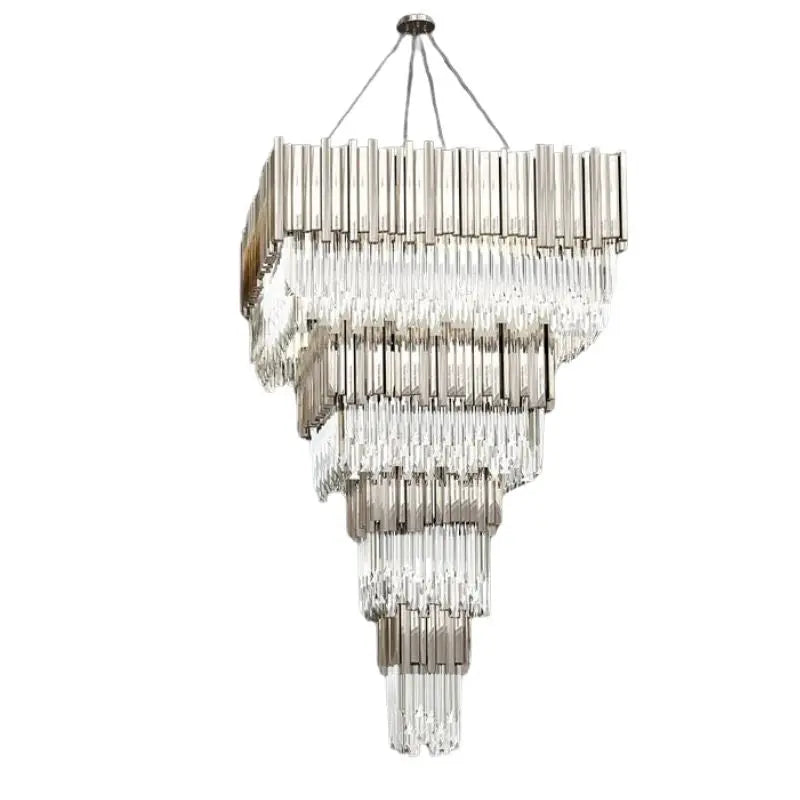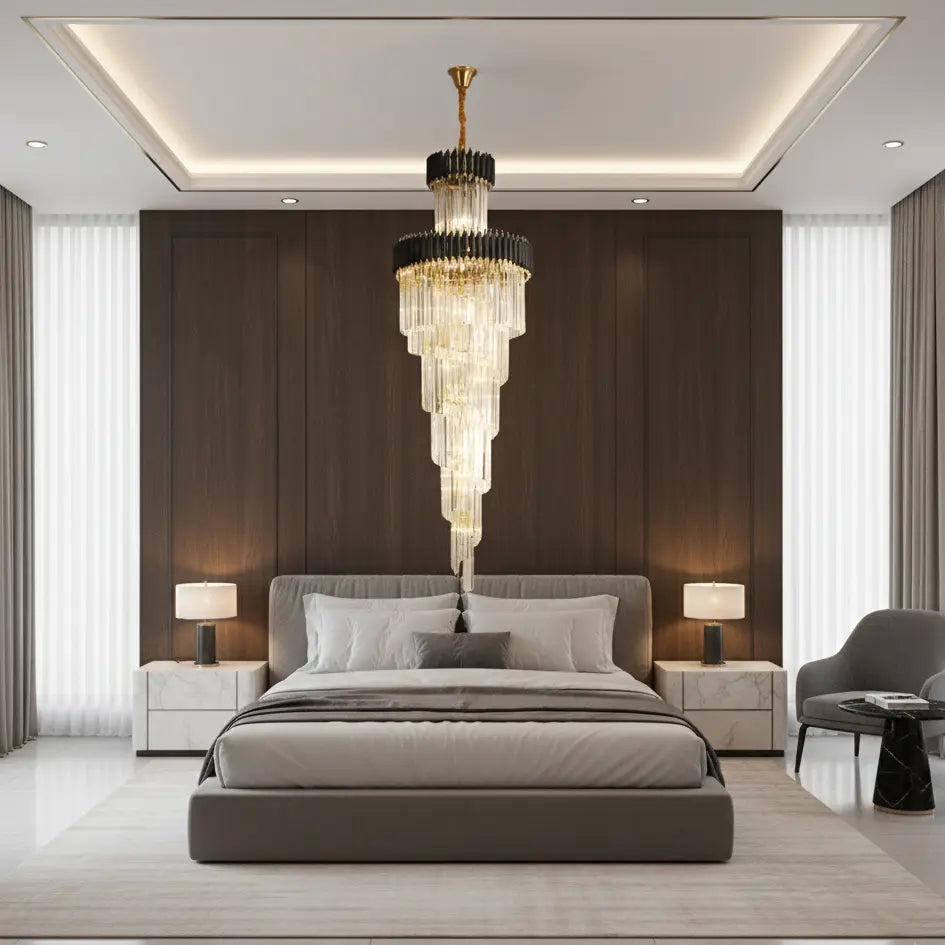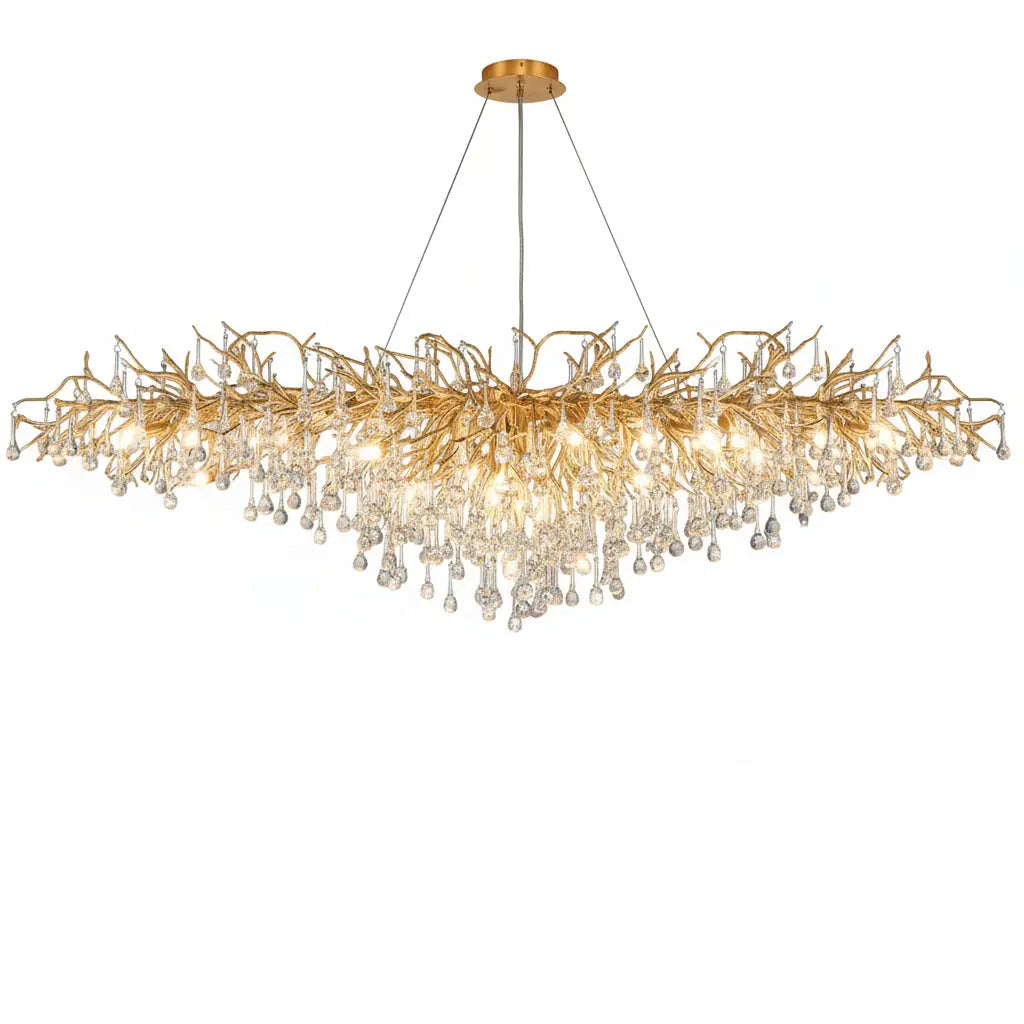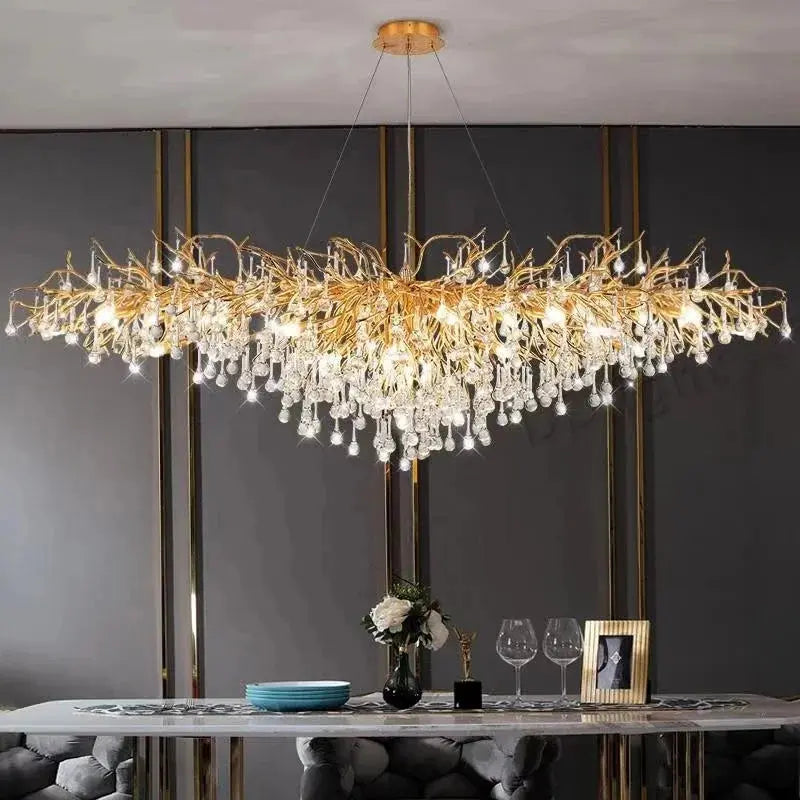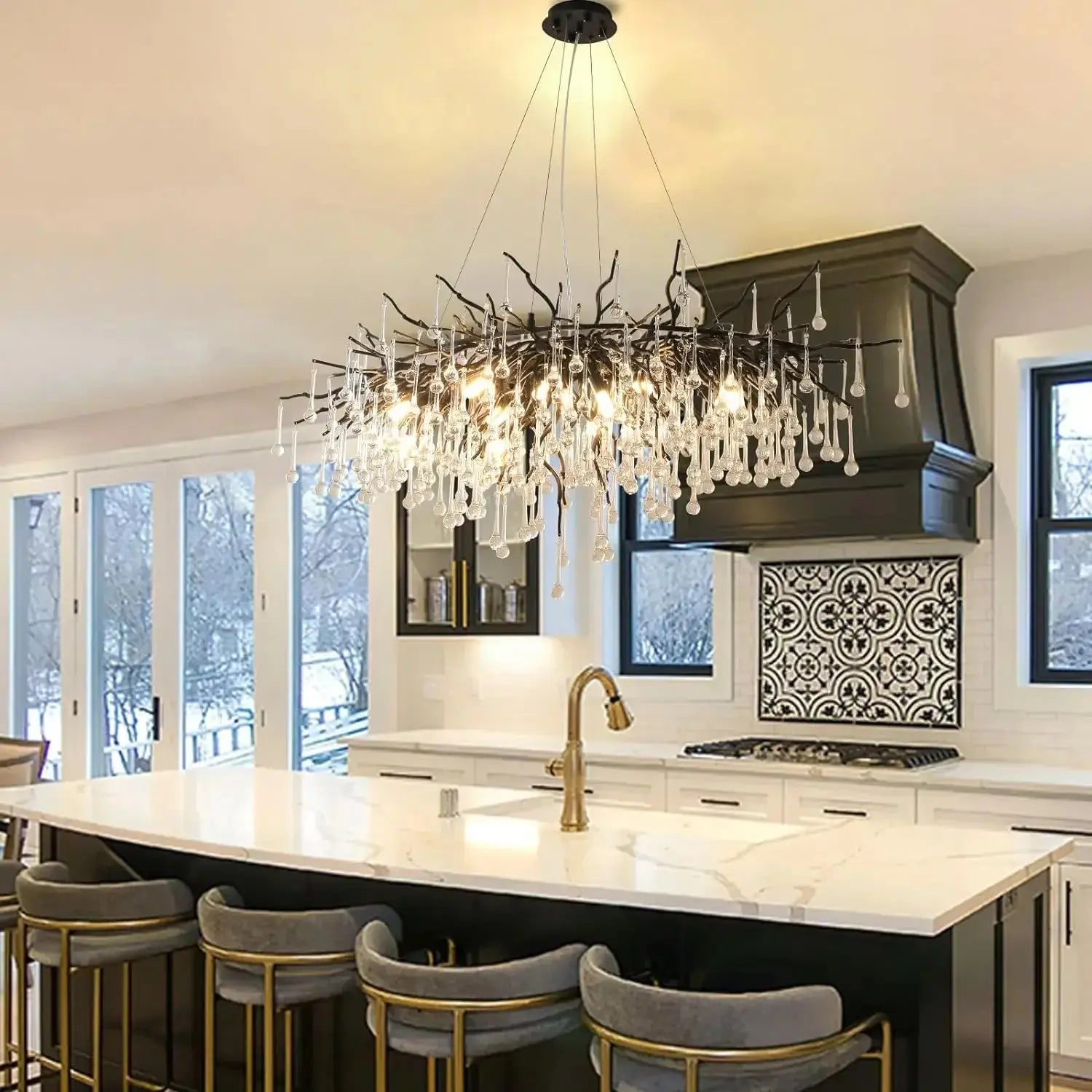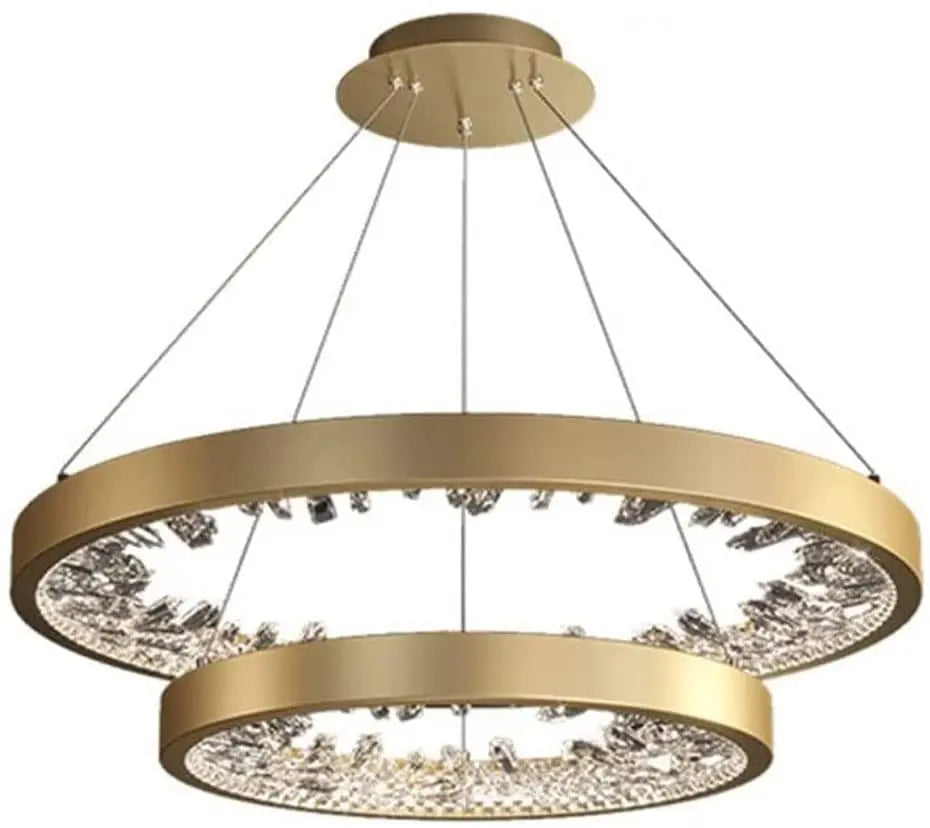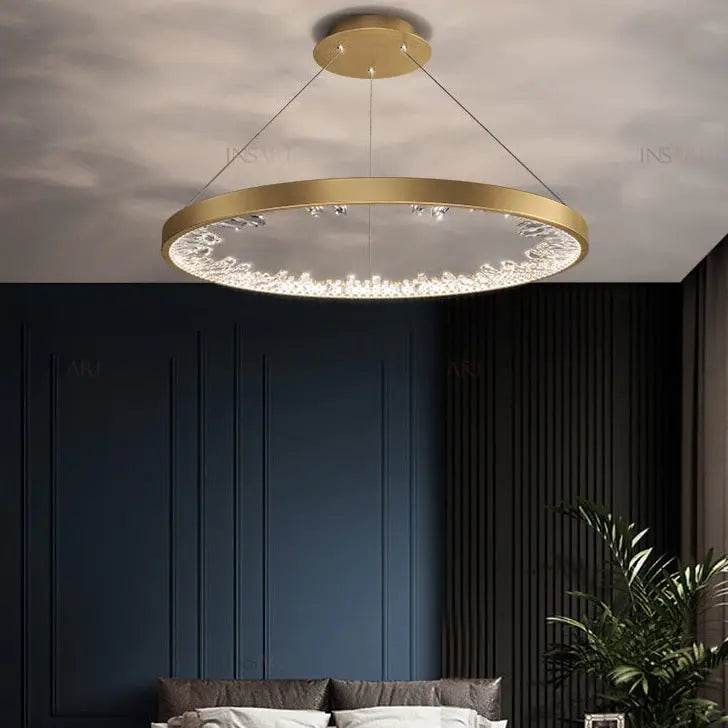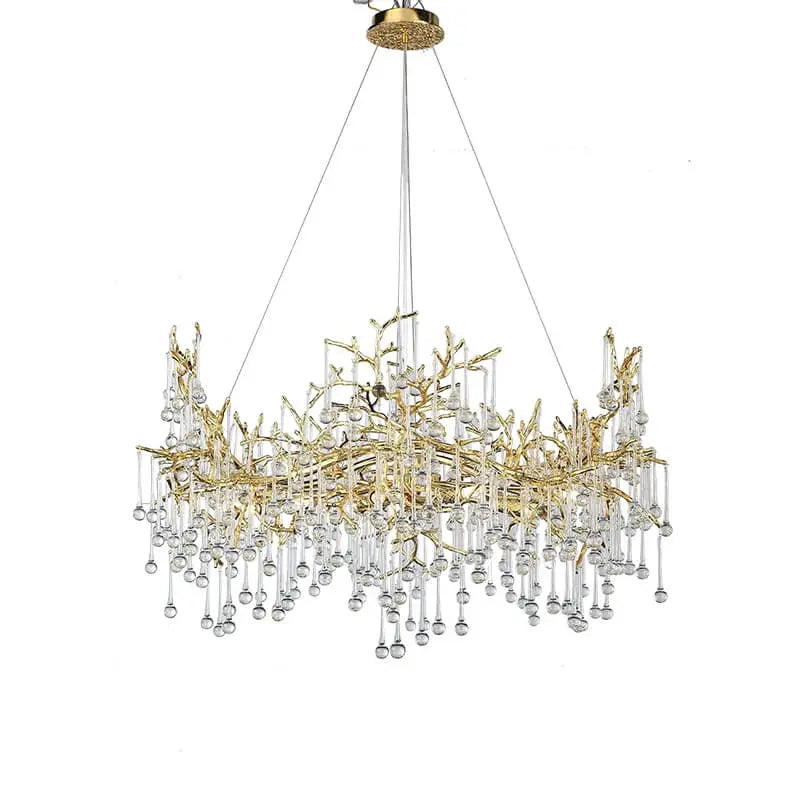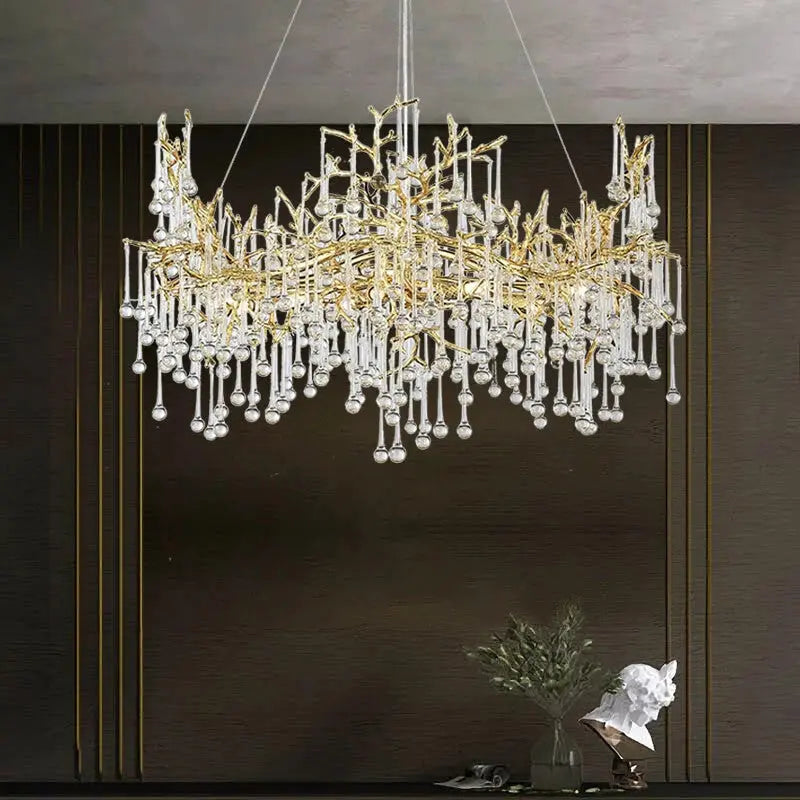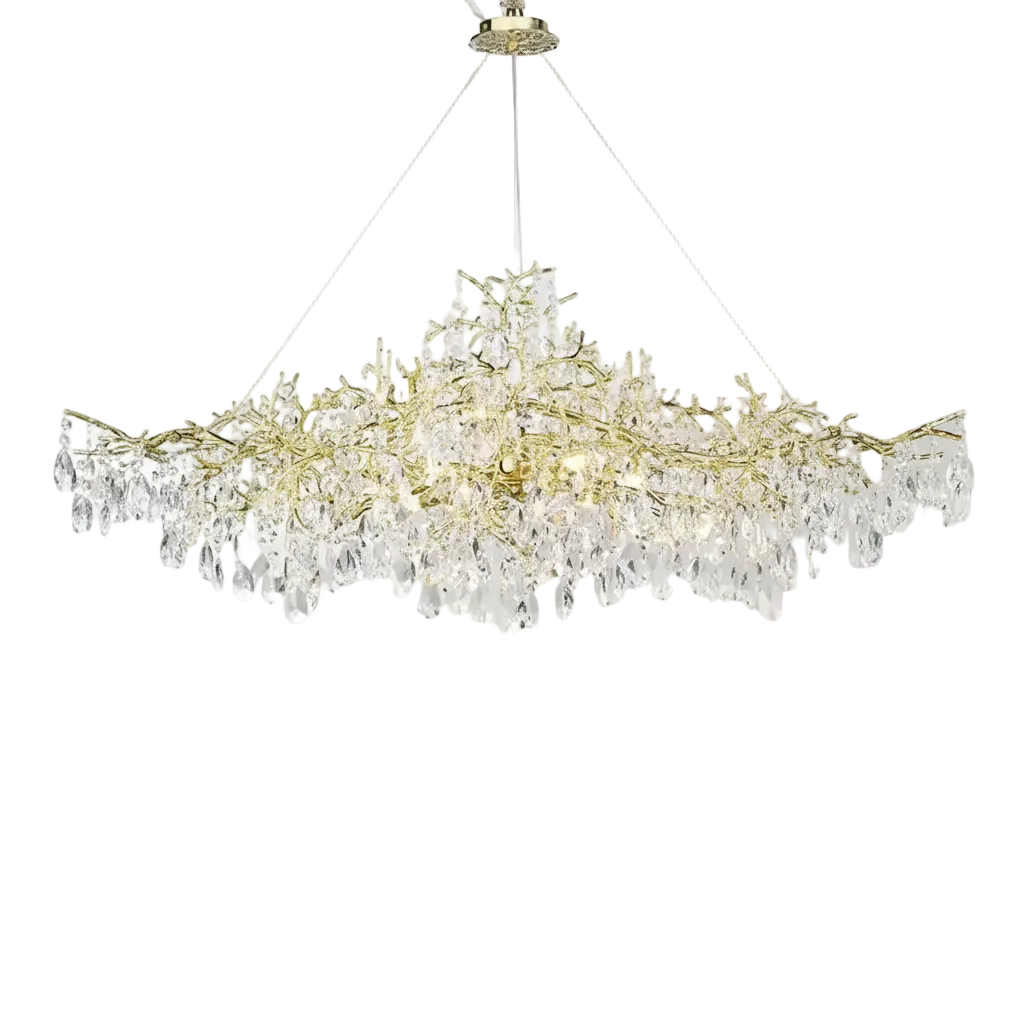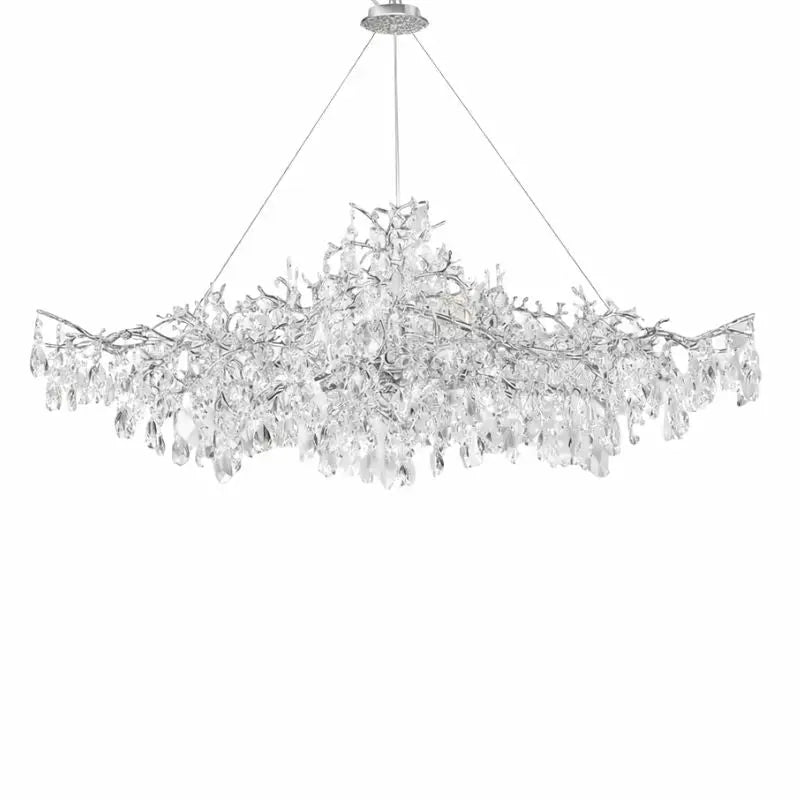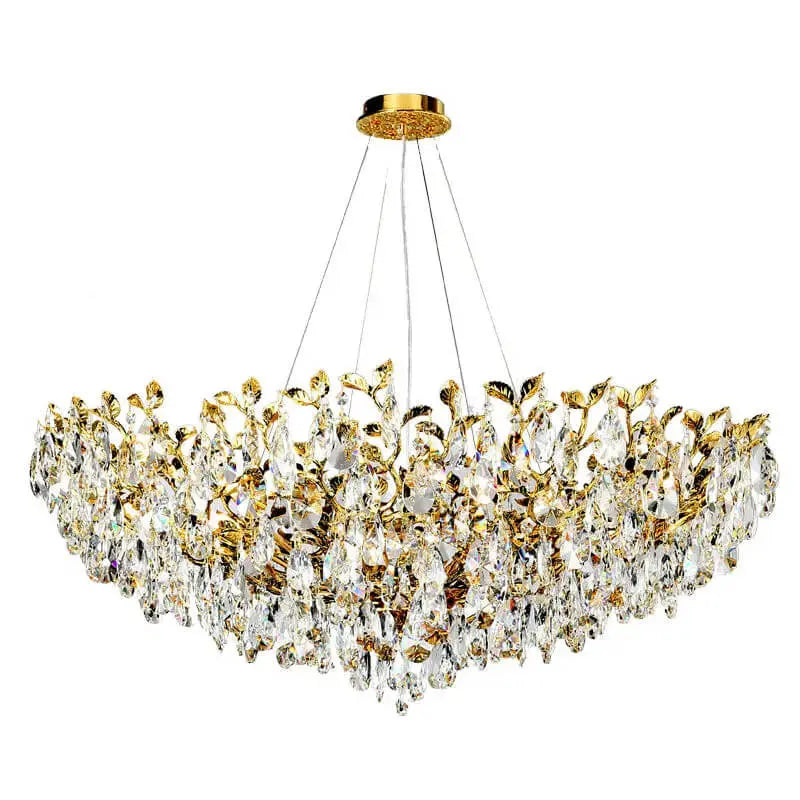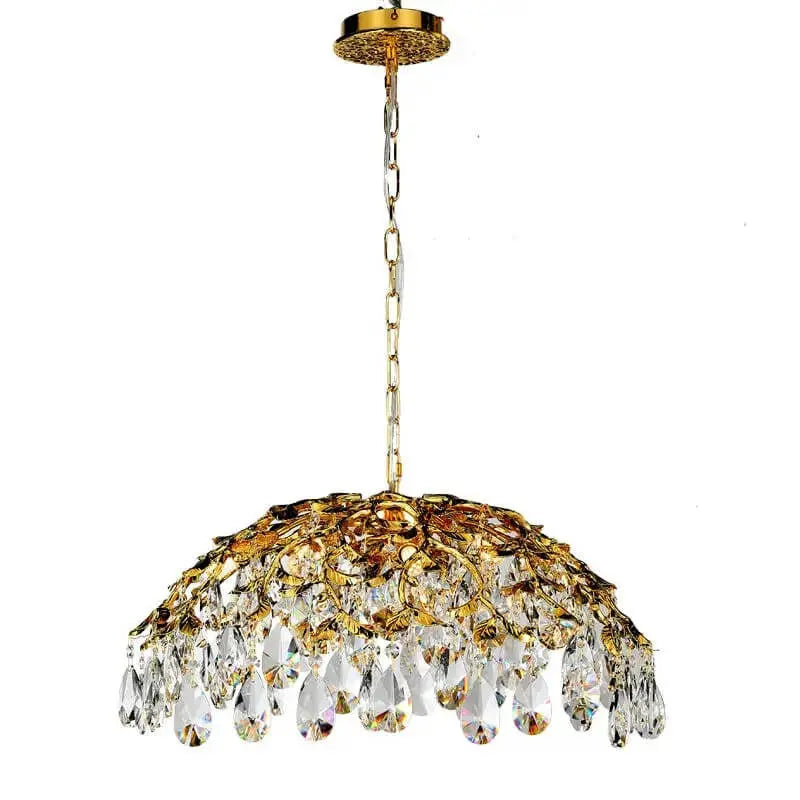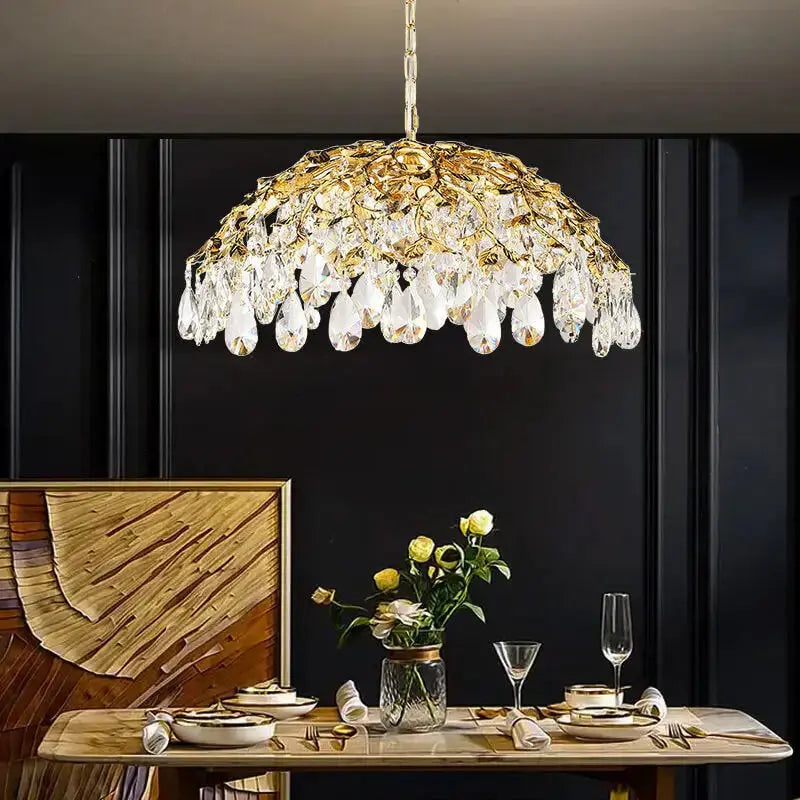As we step into 2025, the trend of incorporating plants into home decor is stronger than ever. Not only do plants breathe life into our spaces, but they also connect us to nature, which is crucial for our well-being. Whether you're a seasoned plant parent or just starting out, there's a perfect plant for home decor waiting for you. In this article, we’ll explore the top plant trends that will elevate your living space this year.
Key Takeaways
- Large statement plants like Monsteras and Fiddle Leaf Figs are great for creating eye-catching focal points.
- Unique plant varieties can add character to your collection and spark conversation.
- Biophilic design trends emphasize the importance of nature in our interiors, enhancing well-being.
- Eco-friendly planters made from sustainable materials are not only stylish but also good for the planet.
- Neutral and earthy tones in plants and decor create a calming and cohesive aesthetic.
Large Statement Plants

Creating Focal Points in Your Home
Let's be real, sometimes a little fern just doesn't cut it. In 2025, we're going big or going home! Large statement plants are back and bolder than ever. These aren't your grandma's houseplants; we're talking about living sculptures that command attention. Think of them as the artwork of the plant world. They instantly draw the eye and set the tone for the entire room.
- Strategically placed, they can define different zones in open-concept spaces.
- Use them to balance out large pieces of furniture.
- They can soften harsh architectural lines.
A single, well-chosen large plant can transform a dull corner into a vibrant, inviting space. It's an easy way to add personality and drama without overwhelming the room.
Best Large Plants for Living Spaces
Okay, so you're sold on the idea, but what plants should you actually get? Here are a few top contenders for 2025:
- Fiddle Leaf Fig: Still a classic for a reason. They need bright, indirect light and consistent watering.
- Monstera Deliciosa: Those iconic split leaves are instantly recognizable and add a tropical vibe. Consider Marxii Calathea for a similar effect.
- Bird of Paradise: These guys bring the drama with their large, banana-like leaves and stunning flowers (if you're lucky!).
- Rubber Plant: Easy to care for and comes in a variety of colors, from deep burgundy to variegated green and cream.
- Kentia Palm: If you want something that feels like a tree, this is a great option. It's also relatively low-maintenance.
- Dragon Trees: Position tall Dragon Trees to draw the eye upward, creating the illusion of higher ceilings.
Pairing Large Plants with Minimalist Decor
Now, you might be thinking, "Won't a huge plant clash with my minimalist aesthetic?" Not at all! In fact, large plants can be the perfect complement to minimalist decor. The key is to choose plants with clean lines and simple shapes. Think about the contrast between the organic forms of the plants and the geometric shapes of your furniture.
Here's how to make it work:
- Choose a simple planter: Opt for neutral colors and materials like concrete, terracotta, or woven baskets.
- Create negative space: Don't overcrowd the plant with other decor. Let it breathe.
- Consider the scale: Make sure the plant is proportional to the size of the room and the furniture around it.
- Use plants as a focal point: Let the plant be the star of the show, and keep the rest of the decor understated.
By following these tips, you can create a space that is both stylish and serene, with a touch of natural beauty. You can also elevate these botanical beauties with handcrafted bamboo stands that combine sustainable materials with thoughtful design.
Unique and Rare Plant Varieties
Adding Flair to Your Plant Collection
Okay, so you've got your basic succulents and maybe a snake plant or two. Time to level up! In 2025, it's all about those unique and rare plants that make people stop and stare. Think beyond the ordinary. I'm talking about plants that spark conversations and add a touch of the unexpected to your space.
- Variegated Monsteras are still super popular, but they can be pricey.
- Philodendron Squamiferum, with its fuzzy red stems, is another showstopper.
- Syngonium Albo is also a great choice if you want something with striking white variegation.
Finding these plants can be a bit of a treasure hunt, but that's part of the fun. It's like adding art to your home, but it's alive!
Caring for Rare Plants
Okay, so you've managed to snag that super rare plant you've been eyeing. Now what? Caring for rare plants often means doing a little extra research. These guys can be a bit more finicky than your average houseplant. Here's the deal:
- Light: Most rare plants need bright, indirect light. No direct sun, or you'll risk burning those delicate leaves.
- Watering: Overwatering is a common killer. Let the soil dry out a bit between waterings. Use well-draining soil to help prevent root rot.
- Humidity: Many rare plants come from tropical environments, so they love humidity. Consider using a humidifier or grouping plants together to create a more humid microclimate.
- Soil: Use a high-quality potting mix that drains well. You might even want to amend it with perlite or orchid bark to improve drainage.
Where to Find Unique Plants
Finding these botanical gems can be an adventure. Your local big-box store probably won't cut it. You'll need to get a little more creative. Here are some ideas:
- Specialty Plant Shops: These are your best bet. They often have a curated selection of rare and unusual plants, and the staff can offer expert advice. Look for a local plant shop near you.
- Online Retailers: There are tons of online plant shops that specialize in rare plants. Just be sure to do your research and choose a reputable seller.
- Plant Swaps: Check out local plant groups or online forums to see if anyone is trading rare plants. It's a great way to get your hands on something unique and meet other plant enthusiasts.
- Botanical Gardens: Some botanical gardens have plant sales where you can find rare and unusual species. Plus, it's a fun day out!
| Source | Pros | Cons |
|---|---|---|
| Specialty Shops | Expert advice, healthy plants | Can be more expensive |
| Online Retailers | Wide selection, convenient | Risk of shipping damage, may not be as healthy as in person |
| Plant Swaps | Affordable, meet other plant lovers | Limited selection, plant health can be uncertain |
| Botanical Gardens | Unique species, support a good cause | Sales may be infrequent |
Biophilic Design Trends
Incorporating Nature into Interiors
Okay, so biophilic design is HUGE right now, and honestly, it's about time we started thinking about bringing the outside in. It's not just about sticking a plant in the corner; it's about creating a space that feels connected to nature. Think about how you can maximize natural light, maybe with some sheer curtains. And don't be afraid to mix different textures – wood, stone, and of course, lots of greenery. It's all about making your home feel like a natural extension of the outdoors. You can use sustainable interior design to create an eco-friendly home.
Creating Living Walls
Living walls are seriously cool. They're basically vertical gardens, and they can transform any space. You can buy pre-made systems, or if you're feeling ambitious, you can DIY one. Just make sure you choose plants that are suited to the conditions in your home – things like ferns and mosses do really well in shady spots. And don't forget about watering! A drip irrigation system can make your life a whole lot easier.
Benefits of Biophilic Spaces
It's not just about aesthetics, though. Biophilic design has real, tangible benefits for your well-being. Studies have shown that being around plants can reduce stress, improve focus, and even boost your mood. Plus, plants help to purify the air, which is always a good thing. So, by incorporating nature into your home, you're not just making it look nicer – you're making it a healthier, happier place to be. It's a win-win.
Honestly, I never really understood the hype around plants until I started adding them to my own home. Now, I'm totally hooked. There's just something so calming about being surrounded by greenery. It's like bringing a little piece of the forest into my living room. And the best part is, it's a trend that's actually good for you!
Eco-Friendly Planter Options
Sustainable Materials for Planters
Okay, so you're all about plants, which is awesome, but what about the pots they live in? Let's talk about eco-friendly planters. It's 2025, and nobody wants to be that person with the plastic pots anymore. We're talking planters made from recycled materials, bamboo, even innovative mixes of recycled plastic, natural stone, and wood dust. It's all about matching your aesthetic while being kind to the planet.
- Recycled Plastic: Gives new life to old materials.
- Bamboo: A rapidly renewable resource.
- Terracotta: Classic and biodegradable.
Choosing sustainable planters is a small change that can make a big difference. It reduces waste, supports eco-conscious businesses, and adds a touch of natural beauty to your home.
Choosing Biodegradable Planters
Biodegradable planters are where it's at! Think about it: when you eventually need to repot, the old container can just break down naturally. Options like coconut coir, peat pots, and even some paper-based planters are becoming super popular. They're great for starting seedlings too, because you can plant the whole thing directly into the ground. Plus, they often add a cool, earthy look to your indoor plant displays.
The Impact of Eco-Friendly Choices
Let's get real for a second. Every little bit helps, right? Choosing eco-friendly planters isn't just about looking good; it's about reducing your carbon footprint. It's about supporting companies that are trying to do better. It's about making a conscious decision to be a little kinder to the planet. Plus, these planters often look way more stylish than the cheap plastic ones. It's a win-win! By using sustainable materials, you're contributing to a healthier planet.
| Material | Benefits |
|---|---|
| Recycled Plastic | Reduces plastic waste |
| Bamboo | Renewable, fast-growing |
| Terracotta | Natural, biodegradable |
Neutral and Earthy Color Palettes

Choosing Plants that Complement Earth Tones
Okay, so you're into that chill, earthy vibe, right? Me too! When picking plants to go with your neutral and earthy color scheme, think about textures and subtle color variations. You don't want anything too loud that'll clash. Plants with muted green tones or even those with a touch of brown or burgundy in their leaves can work wonders. Consider these:
- Snake Plants: Super easy to care for and their upright leaves add a nice architectural element.
- ZZ Plants: Another low-maintenance option with rich green foliage.
- Peace Lilies: The white flowers provide a soft contrast without being overwhelming.
Creating a Cohesive Look with Neutral Decor
To really nail that cohesive look, it's all about repetition and balance. Use similar planter materials throughout your space to tie everything together. Think terracotta pots, woven baskets, or even concrete planters. The goal is to create a sense of harmony, where the plants and decor feel like they belong together. Don't be afraid to mix and match textures, but keep the color palette consistent.
The Psychology of Color in Plant Decor
Color does more than just look pretty; it affects how we feel. Neutral and earthy tones are known for their calming and grounding effects. When you bring plants into the mix, you're amplifying those feelings of peace and tranquility. Green, in particular, is associated with nature, growth, and renewal. By surrounding yourself with these colors, you're creating a space that promotes relaxation and well-being. It's like a mini-retreat right in your own home. Consider adding some Anthurium Pink for a pop of color.
I've found that incorporating natural elements like wood and stone alongside my plants really enhances the overall sense of calm. It's amazing how much of a difference it makes to have a space that feels both stylish and soothing. Experiment with different textures and shades to find what works best for you. You might be surprised at the impact it has on your mood and overall well-being.
Plant-Filled Wellness Spaces
Designing Calming Corners
Creating a calming corner with plants is easier than you think. Start by choosing a spot in your home that feels naturally peaceful. This could be near a window with soft light or a quiet nook away from the main hustle and bustle. Add a comfortable chair or cushion, and then bring in the plants. Think about plants known for their calming properties, like lavender or snake plants. A small water feature can also enhance the tranquility of the space. Don't forget soft lighting, like fairy lights or a salt lamp, to create a cozy atmosphere.
Combining Plants with Cozy Seating
To really make your wellness space inviting, combine your plants with cozy seating. Here are a few ideas:
- Hanging Plants: Suspend trailing plants like pothos or spider plants near your seating area to create a green canopy.
- Floor Plants: Place larger plants, such as a fiddle-leaf fig or a monstera, around the seating to create a sense of enclosure.
- Tabletop Plants: Add smaller plants, like succulents or air plants, to side tables or shelves within reach.
Integrating plants with cozy seating isn't just about aesthetics; it's about creating a sensory experience. The soft textures of the plants, combined with comfortable cushions and blankets, can help you relax and unwind.
Creating a Relaxation Retreat
Transforming a space into a true relaxation retreat involves more than just adding plants and comfy seating. It's about creating an environment that promotes mindfulness and reduces stress. Consider these elements:
- Aromatherapy: Use essential oil diffusers with calming scents like lavender or chamomile.
- Sound: Incorporate soothing sounds, such as nature sounds or ambient music.
- Texture: Add soft textures like blankets, pillows, and rugs to create a cozy and inviting atmosphere.
By combining these elements with your plants, you can create a relaxation retreat that truly nourishes your mind, body, and soul.
Indoor Hanging Plants
Running out of floor space? No problem! Indoor hanging plants are making a huge splash in 2025. They're not just practical; they're a fantastic way to add visual interest and a touch of nature to any room. Plus, they can really brighten up those often-neglected vertical spaces. I remember when I first tried hanging plants; I was worried they'd be hard to care for, but honestly, it's been surprisingly easy and rewarding.
Maximizing Vertical Space
Hanging plants are the ultimate space-saving solution. If you're dealing with a small apartment or just want to free up some shelf space, hanging planters are your best friend. They draw the eye upward, making rooms feel taller and more spacious. I've found that strategically placing them near windows not only provides the plants with ample light but also creates a beautiful, layered effect. It's like adding another dimension to your decor. You can use a variety of hanging methods, from simple hooks to more elaborate macrame hangers, to really personalize the look.
Best Plants for Hanging Displays
Choosing the right plants for hanging is key. You want varieties that trail gracefully and don't require too much maintenance. Here are a few of my favorites:
- Pothos: These are super easy to care for and come in a bunch of different varieties. They can tolerate low light and are very forgiving if you forget to water them occasionally. Plus, they look amazing with their long, trailing vines.
- Spider Plants: These are another classic choice. They produce little "spiderettes" that dangle down, adding a playful touch. They're also great air purifiers, which is a bonus.
- String of Pearls: This succulent is perfect for a sunny spot. Its bead-like foliage creates a unique and eye-catching display. Just be careful not to overwater it!
- Ivy: A classic choice for indoor elegance. Its trailing vines bring a touch of romance to any space, making it a popular pick for shelves, mantels, and walls.
I've learned that the key to happy hanging plants is to choose the right pot and soil. Make sure the pot has drainage holes to prevent root rot, and use a well-draining potting mix. Also, consider the weight of the pot when choosing a hanging method – you don't want it to come crashing down!
Creative Hanging Solutions
There are so many creative ways to hang plants! Forget about boring old hooks – get inventive! Here are a few ideas:
- Macrame Hangers: These add a bohemian touch and come in a variety of styles and colors. You can even make your own if you're feeling crafty.
- Floating Shelves: Install a few floating shelves at different heights and let your plants cascade down. This creates a stunning vertical garden effect.
- Repurposed Materials: Get creative with old baskets, buckets, or even vintage teacups. Just make sure they have drainage holes.
- Wall-Mounted Planters: These are great for smaller plants and can be arranged in interesting patterns on the wall. Consider asymmetrical planters for a modern look.
Experiment with different heights and arrangements to create a dynamic and visually appealing display. Don't be afraid to mix and match different types of plants and hangers to create a truly unique look. With a little creativity, you can transform your space into a lush, green oasis.
Wrap-Up: Bringing Nature Indoors in 2025
So, there you have it! If you want to spruce up your home in 2025, plants are the way to go. They not only look great but also help create a cozy vibe. Whether you choose big statement plants or go for preserved options, there’s something for everyone. Plus, with all the eco-friendly choices out there, you can feel good about your decor decisions. So, grab a plant or two, and let your space come alive with some greenery!
Frequently Asked Questions
What are the best large plants for home decor in 2025?
Popular large plants include Monstera, Fiddle Leaf Fig, Bird of Paradise, and Rubber Plant. They make great focal points in any room.
How can I care for rare plants?
Rare plants often need special care. Make sure to research their light and water needs, and consider using humidity trays or grow lights.
Where can I find unique plants for my collection?
You can find unique plants at local nurseries, specialty plant shops, or online plant retailers. Some plant swaps or fairs might also have rare finds.
What are eco-friendly options for planters?
Look for planters made from recycled materials, biodegradable options, or natural substances like bamboo and terracotta.
How do I choose plants that match neutral and earthy decor?
Choose plants with green leaves and earthy tones. Plants like Snake Plants and ZZ Plants work well with neutral palettes.
What is the benefit of having plants in wellness spaces?
Plants in wellness spaces can improve air quality and create a calming environment, helping you relax and feel more at peace.




